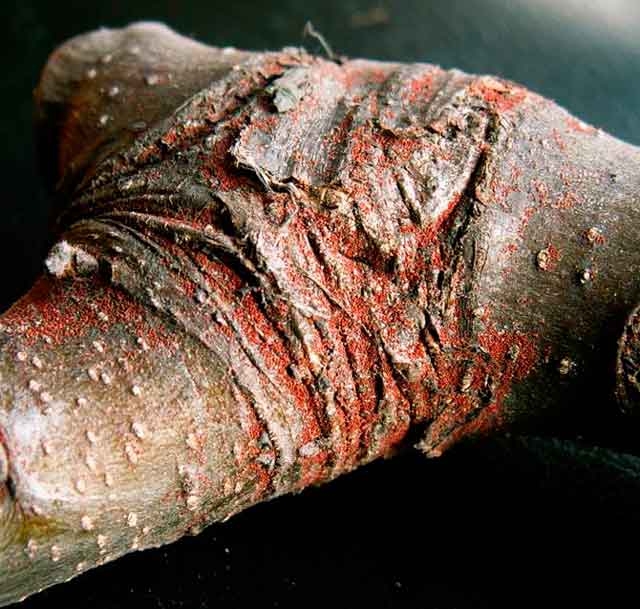The crop protection industry has relied on synthetic broad spectrum pesticides that are effective, relatively inexpensive and easy to apply.
However, a phasing out of toxic and persistent products, and a transition to softer and more environmentally benign chemicals has meant that some older molecules have been cancelled or their labels have been limited to a small number of applications.
In order to not lose registration for these older molecules, chemical companies may limit their application to where they will not have a direct impact on humans or the environment (bioconcentration and biomagnification), or they minimise the number of sprays allowed in a season, or they reposition them (pest control, soil injecting, seed treatment, gels, baits etc.).
Many growers have adopted IPM principles and switched from the old crop protection compounds to new ones. An issue that growers face during the transition to the new technologies is that the new molecules are more specific and selective. They also require greater knowledge and training about their application, about pest and disease monitoring, thresholds, compatibility, antagonism and limiting factors.
Some growers who switched completely to the new chemicals have noticed an increased activity of some pests, especially mites.
Agricultural consultants who provide advice on IPM often hear growers say that there is something missing in their spray program—what is missing is actually the side-effect of the old crop protection compounds on some non-target organisms.
Development and registration of pesticides is complex and extremely expensive. Some products registered as fungicides could also be used as miticides or insecticides.
In this article we are going to cover some of the groups of pesticides that, as a side-effect, control mites.
Dithiocarbamate fungicides
Many decades ago the fungicides zineb and maneb were found to be effective in controlling different species of mites.
(continued next month)
See this article in Tree Fruit Feb 2018




















